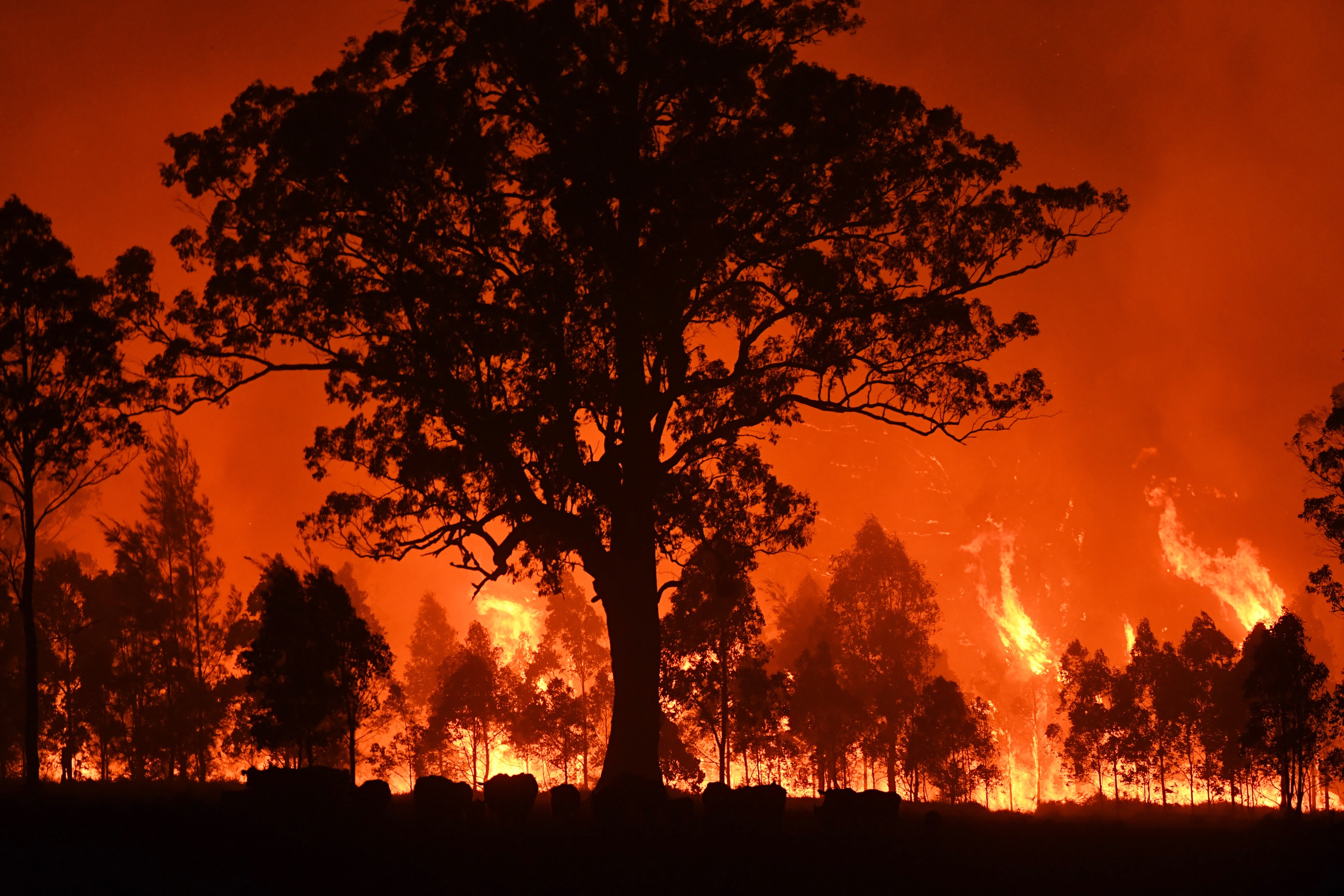Grasping Bushfire Readiness: The Role of a BAL Assessment in Risk Reduction
Grasping Bushfire Readiness: The Role of a BAL Assessment in Risk Reduction
Blog Article
Specialist Guidance on Bushfire Management for Improved Fire Defense
In the world of bushfire management, the significance of specialist advice can not be overemphasized. From comprehending the nuances of bushfire behavior to implementing sensible measures such as firebreaks and defensible rooms, there exists a riches of knowledge that can considerably improve fire security efforts.
Recognizing Bushfire Actions
To effectively manage and reduce the effect of bushfires, it is essential to have an extensive understanding of bushfire behavior. Bushfires are complicated natural sensations affected by various aspects such as weather condition conditions, topography, gas load, and human tasks. Understanding just how these aspects connect is vital in predicting the actions of a bushfire, allowing for better preparation and feedback approaches.
One key element of bushfire behavior is fire spread. By researching past fire occurrences and assessing fire patterns, specialists can anticipate how a bushfire could advance under specific conditions.
In addition, understanding coal attack, spotting, and fire whirls is important in comprehending the full degree of bushfire actions. By delving right into these ins and outs of bushfire actions, authorities can enhance their readiness and reaction capacities, ultimately reducing the influence of these harmful events.
Executing Firebreaks and Defensible Spaces
Recognizing bushfire habits is foundational for effectively implementing firebreaks and developing defensible rooms to boost fire defense. Keeping these firebreaks via routine cleaning of particles and greenery is essential to guarantee their efficiency during a bushfire event.

Effectively executing firebreaks and defensible spaces requires meticulous planning, normal upkeep, and neighborhood participation to ensure the highest level of fire protection for properties and lives in bushfire-prone areas.
Making Use Of Early Caution Systems
Deploying innovative early caution systems is essential for timely detection and signaling of possible bushfire hazards. By using sophisticated innovations such as satellite monitoring, weather condition sensors, and thermal imaging, authorities can efficiently identify and monitor fire-prone areas ignition sources at the earliest stages. These systems can give real-time data on fire intensity, behavior, and instructions, permitting prompt decision-making and quick release of firefighting sources to the impacted locations.
Early warning systems also play a crucial duty in alerting locals and areas regarding foreshadowing bushfire threats. Via automated sirens, message signals, phone telephone calls, and social media alerts, people can be quickly notified concerning evacuation orders, risk-free sanctuary areas, and emergency treatments. This positive approach not only saves lives however also decreases property damages by guaranteeing that individuals have sufficient time to evacuate and safeguard their homes.
Developing Emptying Plans
Effective discharge strategies are crucial for making certain the security of homeowners in bushfire-prone areas. Creating well-balanced discharge methods is important in minimizing the threats postured by bushfires and safeguarding human life. These strategies should be thorough, taking into consideration numerous elements such as the topography of the area, the density of greenery, and the most likely rate and instructions of the fire's spread.
When creating discharge strategies, it is necessary to develop clear discharge courses and assembly points where homeowners can collect securely. These routes ought to be regularly kept to guarantee ease of access throughout emergency situations. Additionally, interaction approaches need to be in place to sharp locals of imminent danger and give clear directions on discharge treatments.
Cooperation between regional authorities, emergency solutions, and area members is necessary in developing efficient discharge strategies. When a bushfire threatens the location, normal drills and exercises need to be conducted to acquaint citizens see page with the treatments and make certain a swift and organized discharge (Bushfire Risk). By focusing on the growth of durable evacuation plans, communities can improve their strength to bushfire emergencies and reduce the possible influence on residential or commercial properties and lives

Engaging in Community Preparedness
In the realm of bushfire administration, fostering area readiness plays a pivotal duty in strengthening the durability of citizens try this web-site living in high-risk areas. Participating in neighborhood readiness involves educating residents on bushfire threats, promoting fire safety methods, and creating emergency situation plans jointly. By proactively entailing the area in preparedness initiatives, individuals come to be a lot more educated and empowered to take aggressive measures to safeguard their lives and homes throughout bushfire cases.
Community readiness initiatives typically include conducting fire drills, developing communication networks, and arranging training sessions on fire suppression techniques. Furthermore, urging partnership amongst next-door neighbors to produce a natural support group can significantly enhance the overall preparedness level of a neighborhood. The possibility of reducing damage and ensuring safety and security increases substantially. when citizens are well-informed and geared up to react efficiently to bushfires.
Verdict
To conclude, efficient bushfire management needs a detailed understanding of fire actions, the application of firebreaks and defensible rooms, the utilization of very early warning systems, the development of discharge plans, and neighborhood engagement in preparedness efforts. By incorporating these techniques, areas can enhance their fire protection steps and lower the impact of bushfires on both building and lives. BAL Report. It is important for all stakeholders to interact to produce a safer atmosphere when faced with this natural catastrophe
To properly reduce the impact and handle of bushfires, it is crucial to have a comprehensive understanding of bushfire behavior. By examining previous fire events and analyzing fire patterns, professionals can anticipate how a bushfire could advance under certain conditions.Recognizing official source bushfire actions is fundamental for successfully executing firebreaks and producing defensible areas to enhance fire defense. Involving in neighborhood preparedness involves educating homeowners on bushfire risks, promoting fire safety techniques, and developing emergency situation strategies collectively.In final thought, reliable bushfire management calls for a detailed understanding of fire actions, the application of firebreaks and defensible rooms, the application of very early caution systems, the development of discharge plans, and area engagement in preparedness initiatives.
Report this page